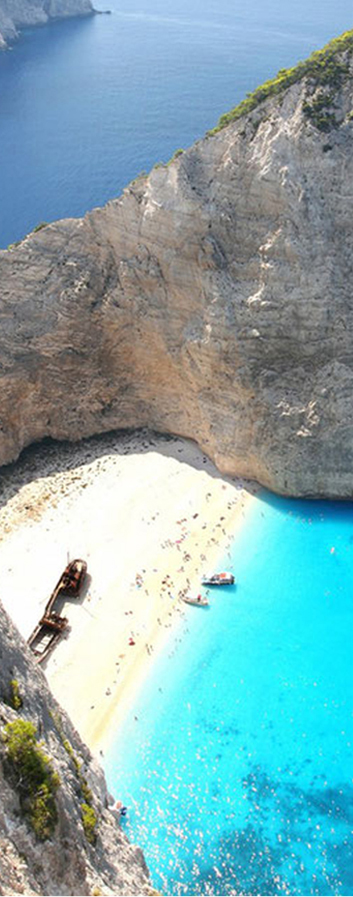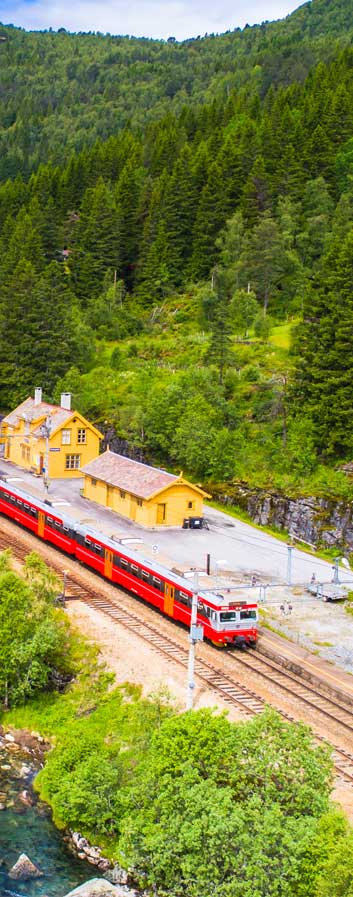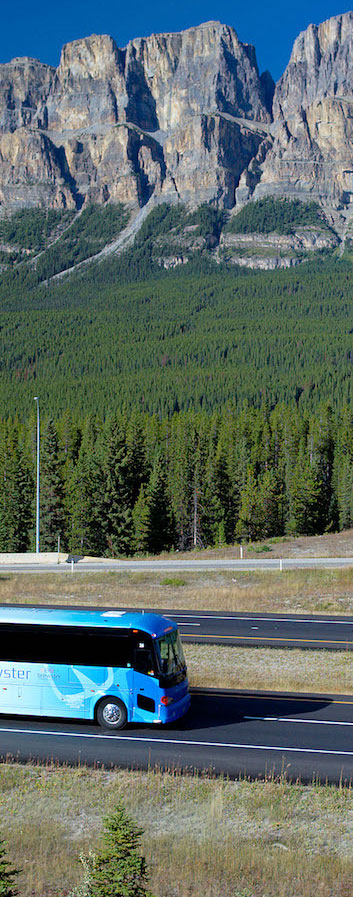The Brisbane River
The Brisbane River is the longest river in south east Queensland, Australia, and flows through the city of Brisbane, before emptying into Moreton Bay. John Oxley was the first European to explore the river who named it after the Governor of New South Wales, Thomas Brisbane in 1823. The penal colony of Moreton Bay later adopted the same name.
The river travels 344 km (214 mi) from Mount Stanley. The river is dammed by the Wivenhoe Dam, forming Lake Wivenhoe, the main water supply for Brisbane. The waterway is a habitat for the rare Queensland lungfish, Brisbane River cod and bull sharks.
Extensive port facilities have been constructed on Fisherman's Island, now known as the Port of Brisbane. There are 16 major bridges that cross the river. The Clem Jones Tunnel, opened in 2010, is the river's first underground crossing for road transport. The CityCat ferry service collects and delivers passengers along the inner-city reaches of the river.
The river has several important ecological areas where remnant populations of mangroves exist; these include areas around drainage culverts, in Breakfast Creek, New Farm, a small preserve at the city bend, near the Queensland University of Technology and around the shipping terminals at the river's terminus into Moreton Bay. These mangroves have recently become classified as protected nature reserves. The noxious water hyacinth weed is still growing in stretches between Fernvale and the Mount Crosby Weir but only poses a minimal risk to drinking water supplies.



































